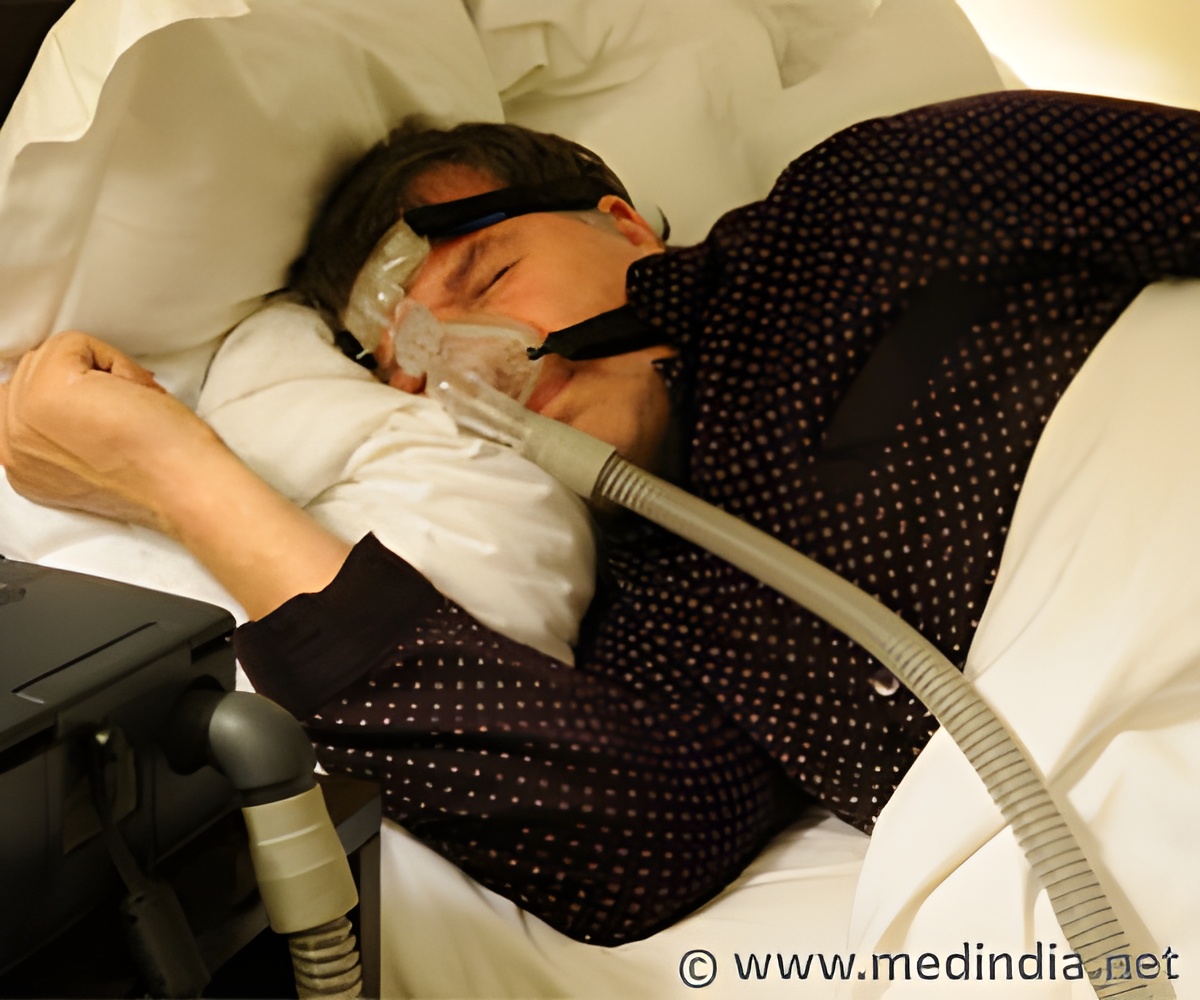For individuals with obstructive sleep apnea traveling to higher altitudes (which may increase symptoms), use of a combination therapy results in improvement in symptoms including reduced insomnia.

Tsogyal D. Latshang, M.D., of the University of Zurich, Switzerland, and colleagues conducted a study to evaluate whether taking of the drug acetazolamide (a respiratory stimulant used to treat acute mountain sickness and high-altitude periodic breathing) combined with auto-adjusted continuous positive airway pressure (autoCPAP, computer-controlled continuous mask pressure adjustment) would provide better oxygenation and control of sleep-related breathing disturbances than autoCPAP alone in patients with OSA spending a few days at moderate altitude. The randomized trial included 51 patients with OSA living below an altitude of 800 meters (2,625 feet) and receiving CPAP therapy who underwent studies at a university hospital at 490 meters (1,608 feet) and resorts in Swiss mountain villages at 1,630 meters (5,348 feet) and 2,590 meters (8,497 feet) in the summer of 2009. Patients were studied during 2 stays of 3 days each in the mountain villages. At altitude, patients either took acetazolamide (750 mg/d) or placebo in addition to autoCPAP.
The researchers found that at 1,630 meters and 2,590 meters, combined acetazolamide and autoCPAP treatment was associated with higher oxygen saturation and a lower apnea/hypopnea index (AHI) compared with placebo and autoCPAP. AutoCPAP and acetazolamide increased the median [midpoint] nocturnal oxygen saturation by 1.0 percent at 1,630 meters and by 2.0 percent at 2,590 meters. Also, acetazolamide and autoCPAP resulted in better control of sleep apnea at these altitudes than placebo and autoCPAP: median apnea/ hypopnea index was 5.8 events per hour (5.8/h) and 6.8/h vs. 10.7/h and 19.3/h, respectively; median reduction was 3.2/h and 9.2/h. Median night-time spent with oxygen saturation less than 90 percent at 2,590 meters was 13 percent vs. 57 percent.
"The current randomized, placebo-controlled, double-blind trial provides several novel findings that are clinically relevant for patients with OSA traveling to altitude. First, the data show that combined therapy with acetazolamide and autoCPAP provides a better oxygenation during sleep and wakefulness, prevents an exacerbation of sleep apnea at altitude, and reduces the time spent awake during nights compared with autoCPAP alone. Second, the results demonstrate that autoCPAP alone is an effective therapy for obstructive apneas/hypopneas even at altitude where central apneas/hypopneas emerge," the authors write.
"Our study provides important information for patients with OSA planning a stay at altitude because they can continue using their CPAP in autoadjusting mode during altitude travel and enhance this treatment with acetazolamide if they want to spend less time awake at night, to achieve a higher arterial oxygen saturation and an optimal control of sleep apnea."
Advertisement















